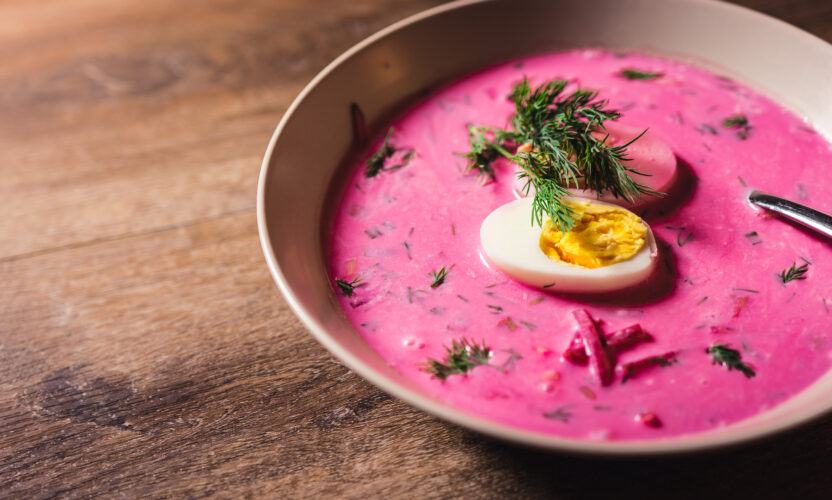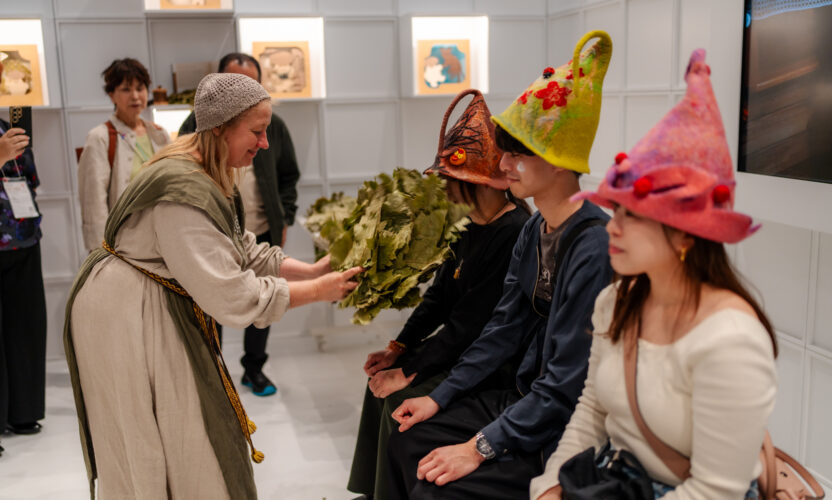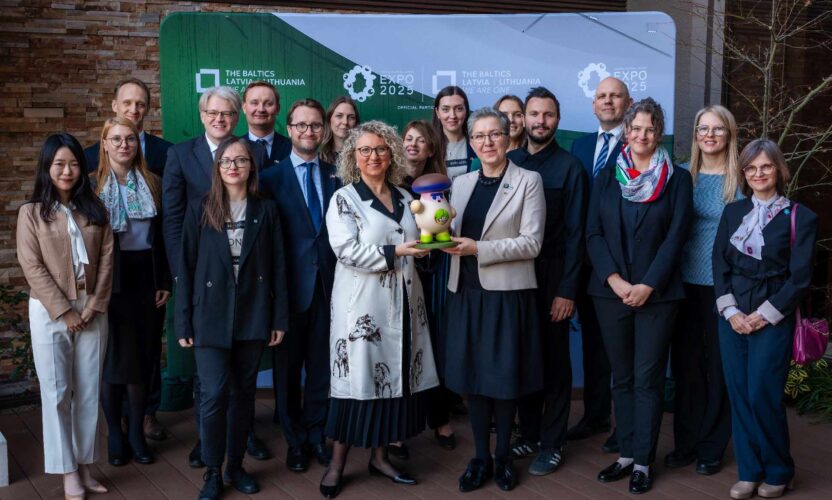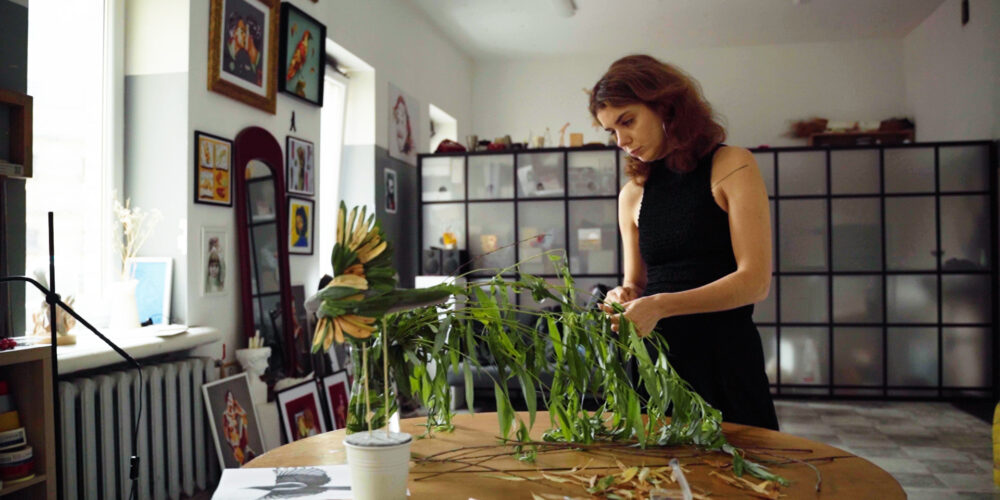
Internationally acclaimed Lithuanian artist Jolita Vaitkutė, renowned for her distinctive and sustainable art projects, will soon bring her creative vision to Japan. Known for transforming an extraordinary variety of everyday objects and natural materials into striking works of art, Vaitkutė has built a signature style that is instantly recognisable. Many of her creations are deliberately short-lived – designed to be eaten or recycled – reflecting her philosophy that art can exist in harmony with nature and the principles of sustainability.
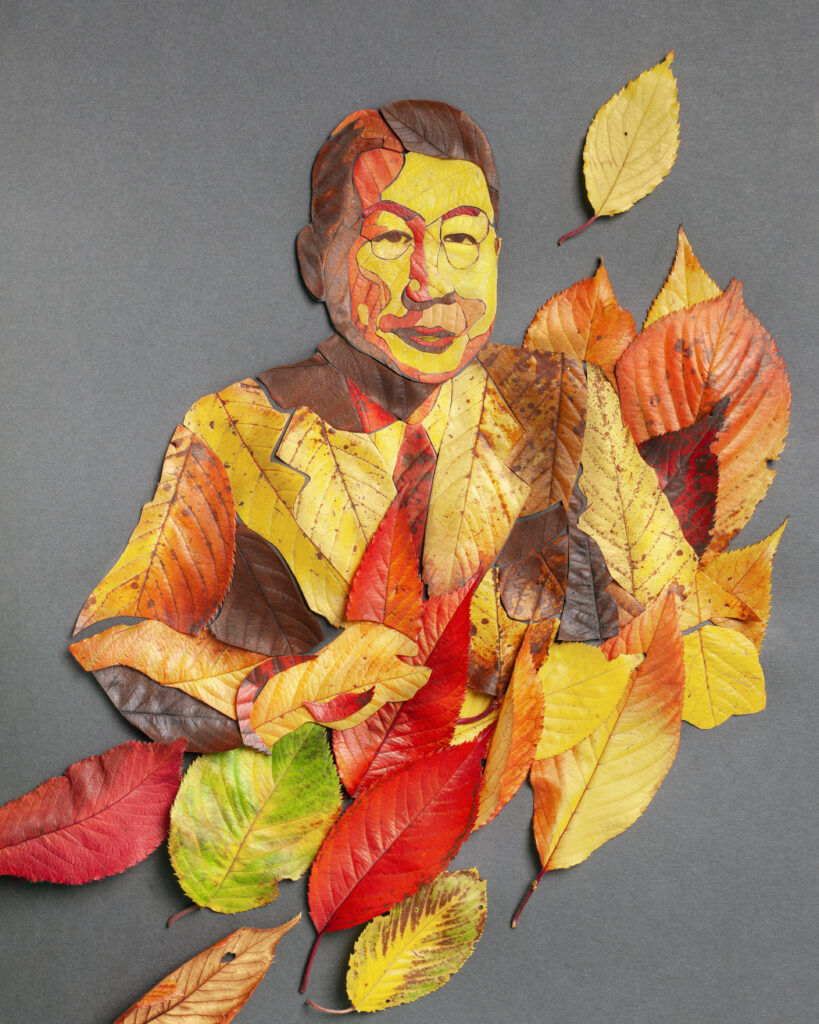
On 25 August 2025, as an ambassador for Vilnius – European Green Capital 2025, Vaitkutė will open a new exhibition at the Baltic States’ Pavilion during Expo 2025 in Osaka, Japan. Sharing the stage with Latvia, Lithuania will showcase forward-looking ideas about the cities of tomorrow. Through her work, Vaitkutė will invite visitors to consider the similarities between Vilnius and Osaka – two cities where nature plays an essential role, even in the context of modern urban life. Jolita will also hold a workshop where exhibition participants will be able to create their own portraits from tree leaves. This will mark her third artistic presentation in Japan.
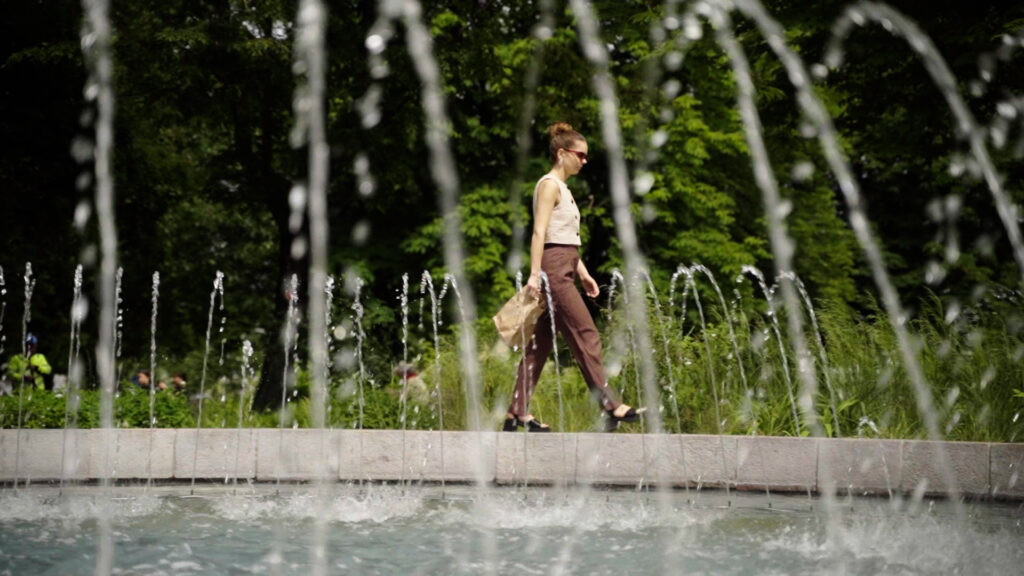
Nature at the Heart of the City of the Future
Vaitkutė challenges the common perception that the cities of the future will be dominated by asphalt, concrete, and towering skyscrapers. She believes true progress comes when cities and nature exist in seamless balance.
“In the cities of the future, it’s essential to preserve our connection with nature,” she says. “Living alongside nature has a profoundly positive effect on the well-being of city residents.”
Even though she lives in the heart of Vilnius, Vaitkutė passes through green spaces daily on her way to the studio. She notes how natural elements – from birds and grass to falling leaves – shape her daily experience:
“Whether we notice it or not, nature influences our mood, our emotions, and our way of thinking. There is a world of difference between looking out of a window at a concrete tower and watching a tree that changes every morning.”
Creating from What Surrounds Us
In Osaka, Vaitkutė will present works made from natural materials gathered locally. She aims to highlight both the creative potential and the sustainability that nature offers. In Vilnius, she regularly collects leaves, branches, and plants, especially in autumn when nature’s colour palette is at its richest.
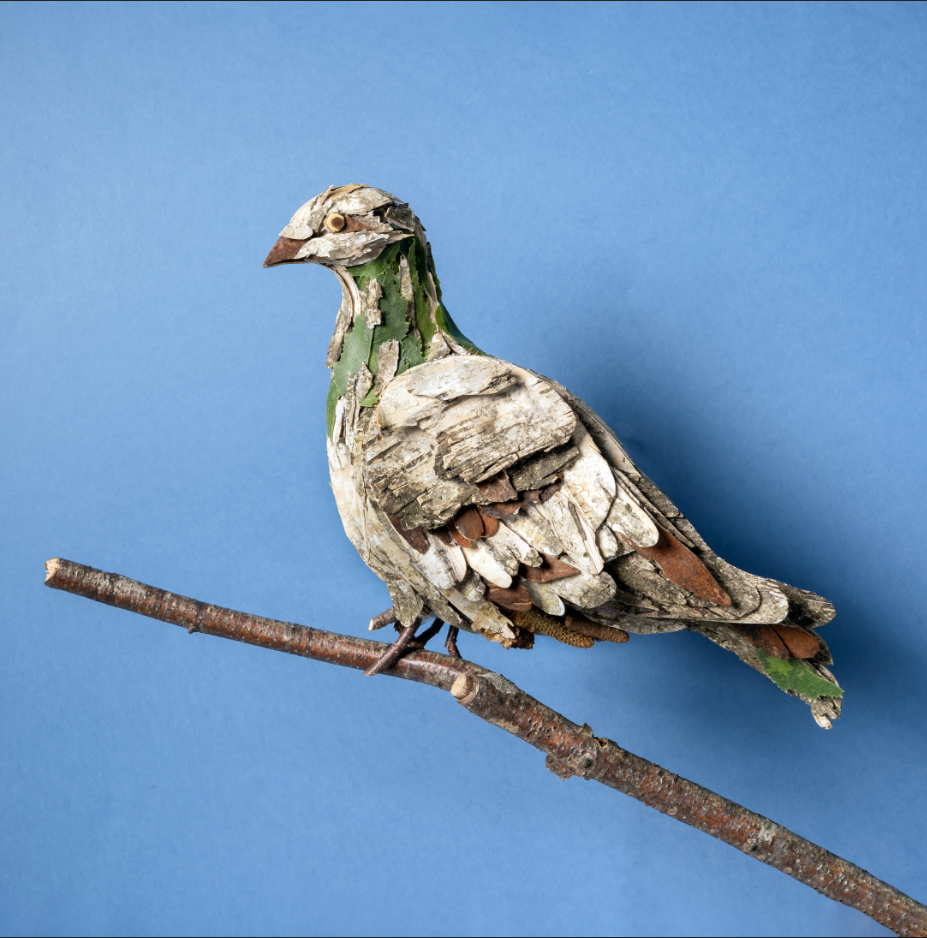
“I know the trees of Vilnius well – how they look before and after the first frost. My creative material is nature itself.”
Sustainability is central to her artistic practice. She works exclusively with existing objects and materials that can be reused or recycled. This year, Vilnius adopted a striking bee sculpture – created by Vaitkutė from waste found in the city – as one of its symbols. At the end of the year, the bee will be dismantled, recycled, and returned to the city in a new form.
“It’s my way of talking about the circular economy and the importance of sustainability,” she explains.
Vilnius and Osaka – Shared Values
Although Vilnius and Osaka differ greatly in size and population, Vaitkutė sees a shared ethos: both cities maintain a close relationship with nature, and both value public green spaces as places for recreation and connection.
“I’ll be asking visitors to reflect on one question – what should the city of the future be like? Cities can be better, kinder places, offering residents the opportunity to experience nature within the urban environment.”
She emphasises that nature must remain one of the core elements of future cities, noting that residents of both Osaka and Vilnius share a deep love and respect for the environment. Lithuanians, she adds, are often surrounded by nature without even realising it, and have increasingly embraced traditions inspired by Japanese culture:
“We enjoy forest bathing. Perhaps for the Japanese, some of these values are innate, while for us, they are something we are still learning.”
Jolita Vaitkutė’s exhibition at the Baltic States’ Pavilion will be open to visitors until 29 August 2025 at Expo Osaka.
